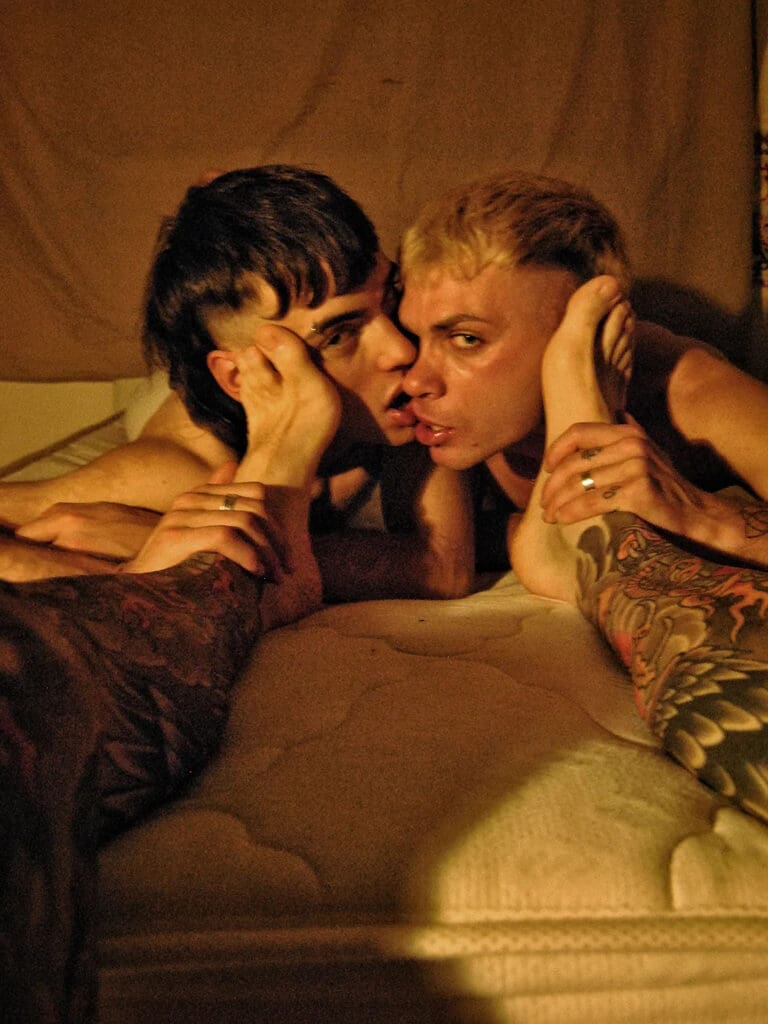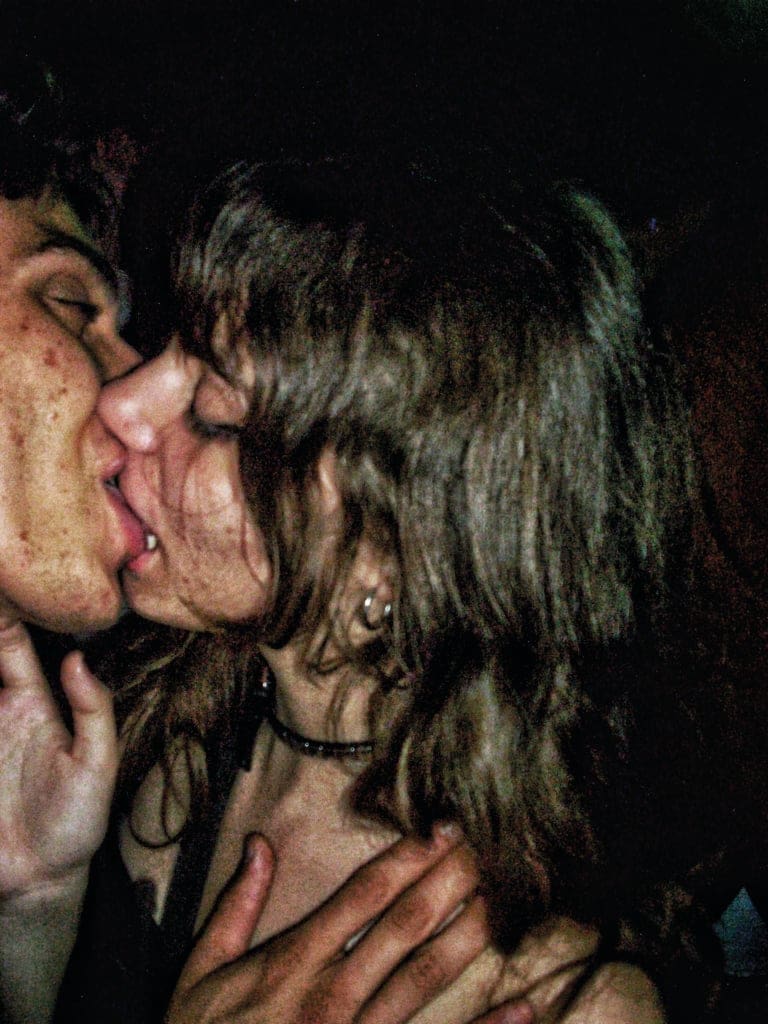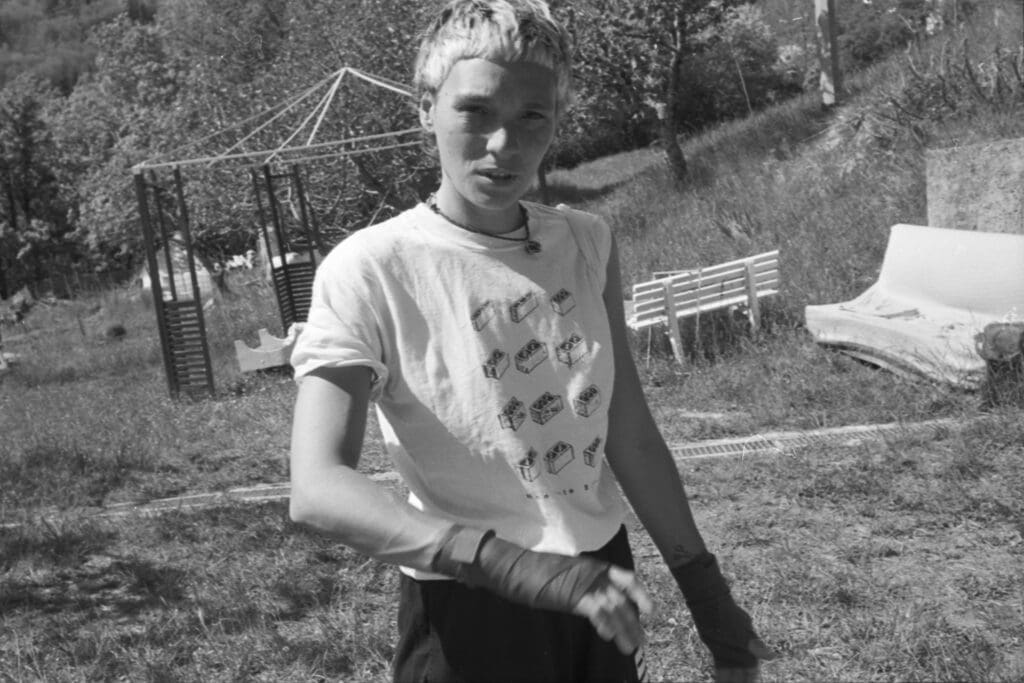PRIDE: Rome’s LGBTQ+ artists you should follow on Instagram

Rome wasn’t built in a day, and neither was its thriving queer art scene. Throbbing with life, dripping with passion, refusing to be ignored, it’s been bubbling under the surface for quite some time; feeding on centuries of repression, ready to erupt in a glorious explosion of colour, form, and unapologetic queerness. It’s bold, brash, brilliant and we’re 100% here for it.
For those who’ve had their fill of Renaissance cherubs and Baroque excess, Rome’s LGBTQ+ artists are a much-needed shot of adrenaline. Picking up the mantle from Caravaggio and von Gloeden, their bodies of work grab you by the collar, look you in the eye, and dare you to look away. In a city steeped in history, these are the queer artists who are busy making it.

Jacopo Paglione
Winner of the BOYS! BOYS! BOYS! photography competition in 2023, Paglione’s forte lies in creating bodies of work that reflect on collective experiences as a human being. Whether that’s through his millennial-examining Bedroom Tales series (pictured above) or the more surreal approach as seen in Milza, they encompass an unabashed examination of intimacy and the human condition that feels so shared yet so personal. Across all his pieces, Paglione masterfully exposes the emotional depth and vulnerability that so often remains hidden behind the facade of social expectations, showcasing humanity, sensitivity and breaking the superficial idealized image of masculinity.
MANI
Lorena Tiberi, better known as MANI, is a throwback to Rome’s creators of yesteryear. A master of paint, a maestro with clay, and a magician in performance art, she’s quickly made a name for herself in the city’s fine art world — and rightly so. Featured in Vogue Italia, Inside Art and currently the subject of a documentary on Rai, her mantra centres on raw emotion; producing pieces that reflect on multi-faceted sensations and feelings rather than creations with one singular meaning. ‘Putto‘ (pictured below) showcases MANI at her best. Representing the fragility and potential beauty of childhood, the sculpture’s empty spaces symbolise the opportunity for experience and growth, as they gradually mature and become whole courtesy of wherever life leads them.










